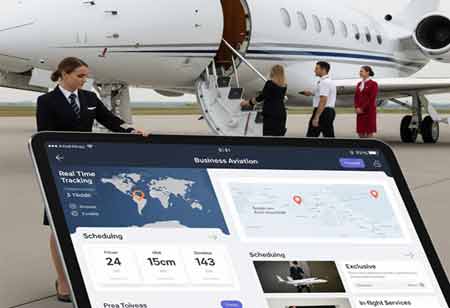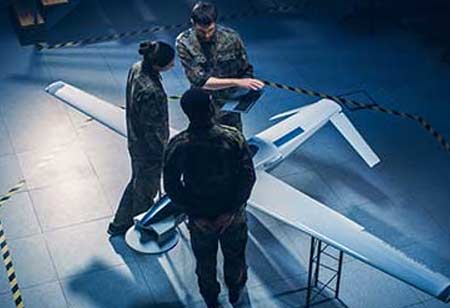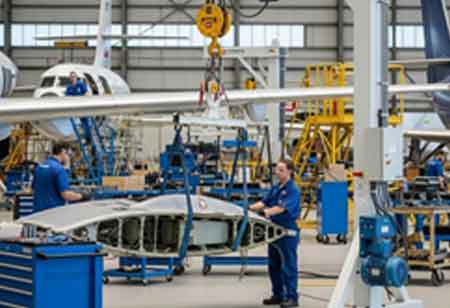Aircraft leasing offers airlines flexibility and cost-effective access to aircraft. Depending on their needs, airlines can choose wet, damp, or dry leases.
FREMONT, CA: The aviation industry thrives on a delicate balance between operational efficiency and financial prudence. Airlines, the industry's lifeblood, constantly grapple with acquiring and maintaining a modern fleet. This is where aircraft leasing emerges as a strategic solution, offering airlines flexibility and cost-effective access to the necessary aircraft.
There are various aircraft leases, each catering to distinct needs and operational scenarios, such as wet, damp, and dry leases. Understanding these options empowers airlines to make informed decisions that optimise their fleet management strategies.
Wet Leases: A Complete Operational Package
A wet lease is akin to a full-service rental agreement. The lessor, often another airline or a specialised leasing company, provides the entire operational package. This includes the aircraft, a fully trained crew (pilots and cabin staff), maintenance services, and insurance coverage. The lessee, typically an airline, pays a fee based on the number of hours flown or other pre-determined operational metrics.
Wet leases are ideal for short-term needs. Airlines often utilise them during peak seasons to handle increased passenger traffic without incurring the long-term financial burden of purchasing additional aircraft. Additionally, wet leases prove invaluable during scheduled maintenance for existing fleet members or when launching new routes on a trial basis. Airlines benefit from the swift operationalisation of wet leases, allowing them to capitalise on fleeting opportunities without significant upfront investment.
Damp Leases: Striking A Balance
Damp leases represent a middle ground between wet and dry leases. The lessor provides the aircraft, while the lessee assumes responsibility for crewing, maintenance, and insurance. This option suits airlines with established crew resources but requires additional aircraft for temporary fleet expansion or fluctuating demand. The lessee retains a higher degree of control over operations than a wet lease while still benefiting from the lessor's expertise in maintaining the airworthiness of the aircraft.
Damp leases offer a cost-effective solution for airlines seeking to bridge operational gaps. They provide the flexibility to manage day-to-day operations with existing crew while the lessor ensures the aircraft remains in top condition.
Dry Leases: Long-Term Commitment For Strategic Growth
A dry lease is the most basic form of aircraft leasing and involves leasing the aircraft. The lessee takes responsibility for all operational aspects, including crewing, maintenance, insurance, and day-to-day operations. Dry leases are typically long-term agreements, ranging from several years to a decade or more. This option is ideal for airlines seeking to manage their fleet growth or replace ageing aircraft strategically.
Dry leases offer airlines the highest level of control and flexibility. Airlines can tailor their operations to their specific needs and market conditions. However, this control comes with significant responsibility, as the lessee bears the cost and burden of crew training, maintenance programs, and ensuring airworthiness compliance.
Choosing The Right Lease: A Strategic Decision
The selection of the optimal lease type hinges on several factors, including the airline's budget, operational needs, and long-term growth strategy. Wet leases provide a swift and convenient solution for short-term requirements, while damp leases offer a balance for airlines with established crew resources. Dry leases cater to airlines seeking a long-term, strategic approach to fleet management, allowing for greater control and customisation.
Aircraft leasing presents airlines with a versatile toolbox for managing their fleets. By carefully analysing wet, damp, and dry lease options, airlines can optimise their financial resources, ensure operational efficiency, and achieve strategic growth objectives. As the aviation industry continues to evolve, aircraft leasing will remain a critical economic tool for airlines navigating the dynamic world of air travel.









